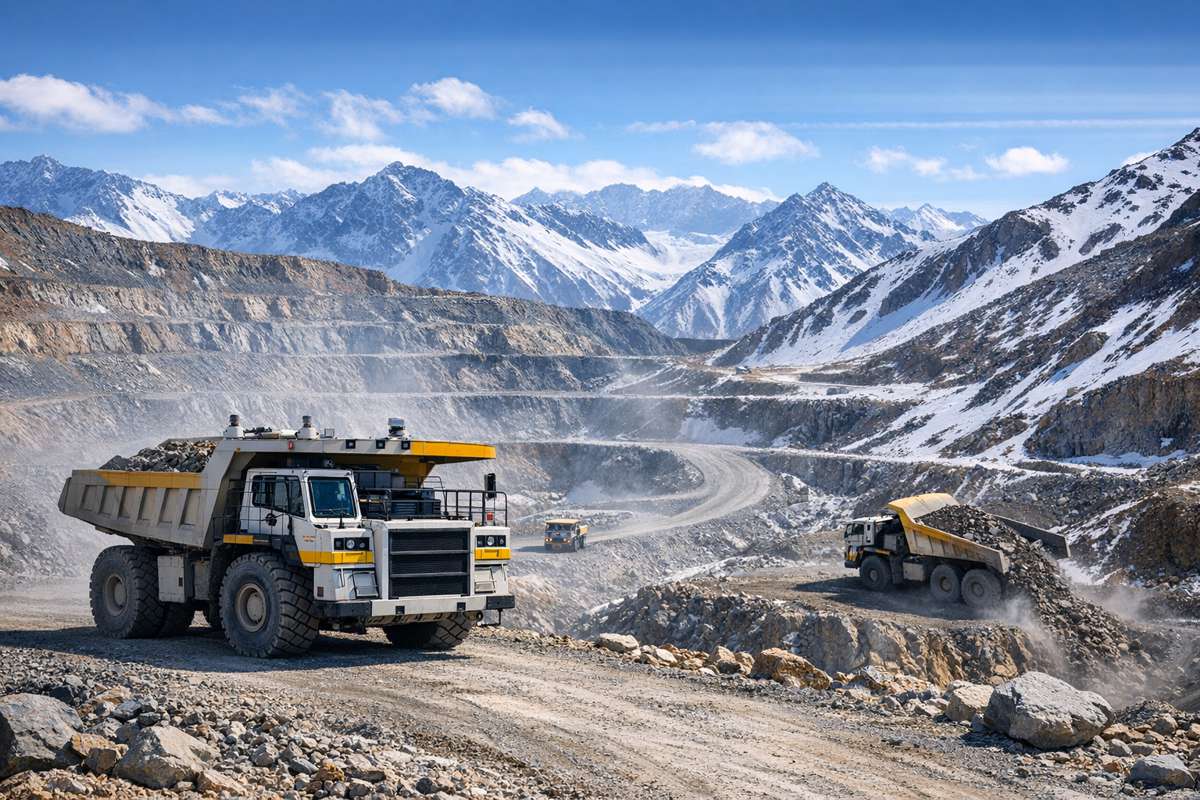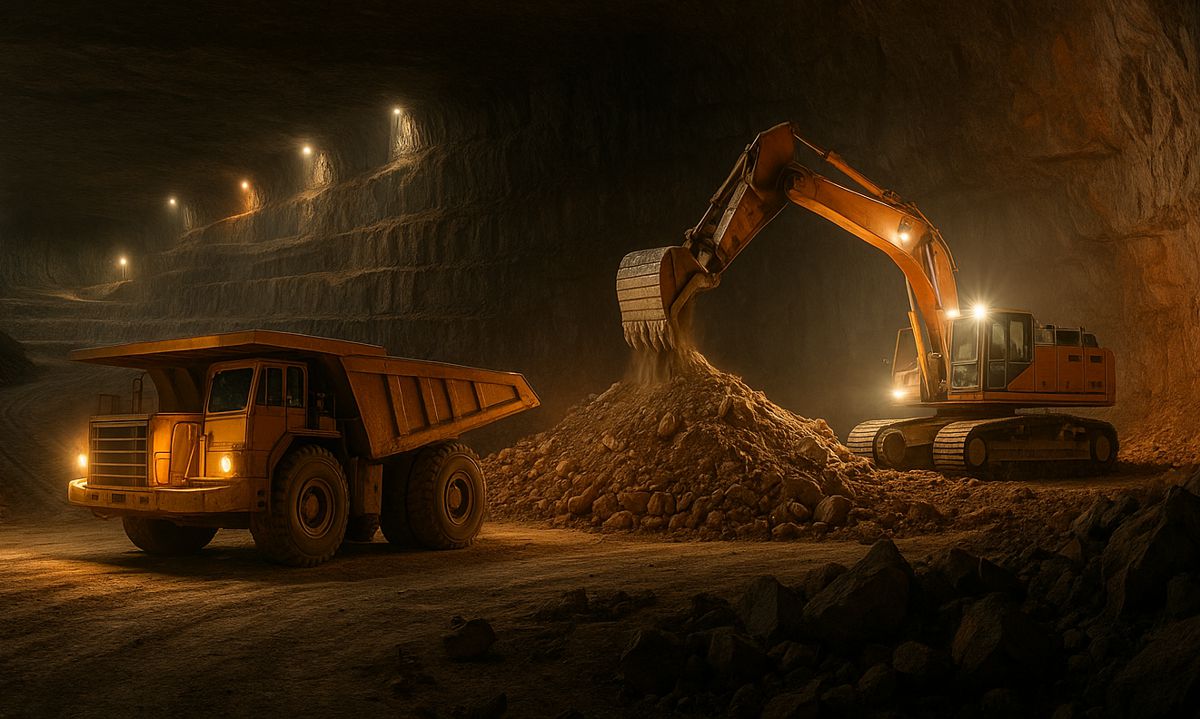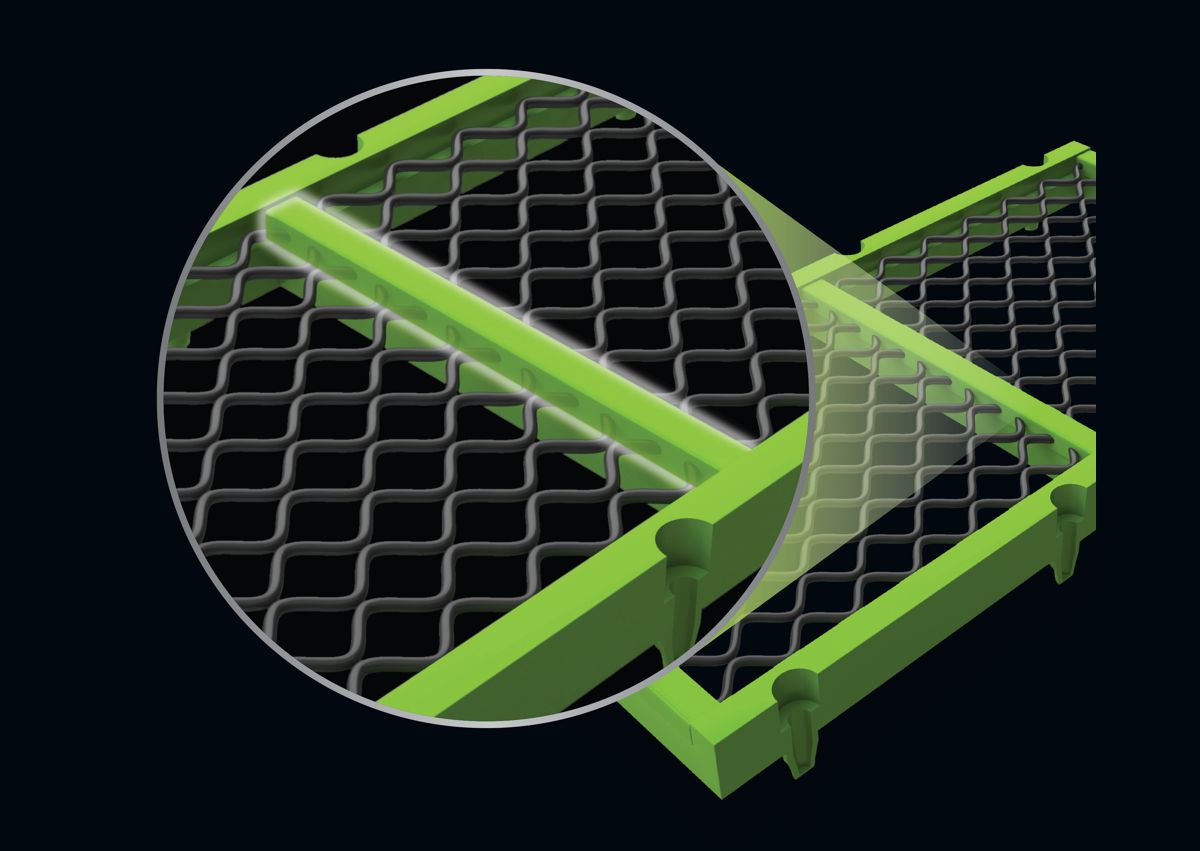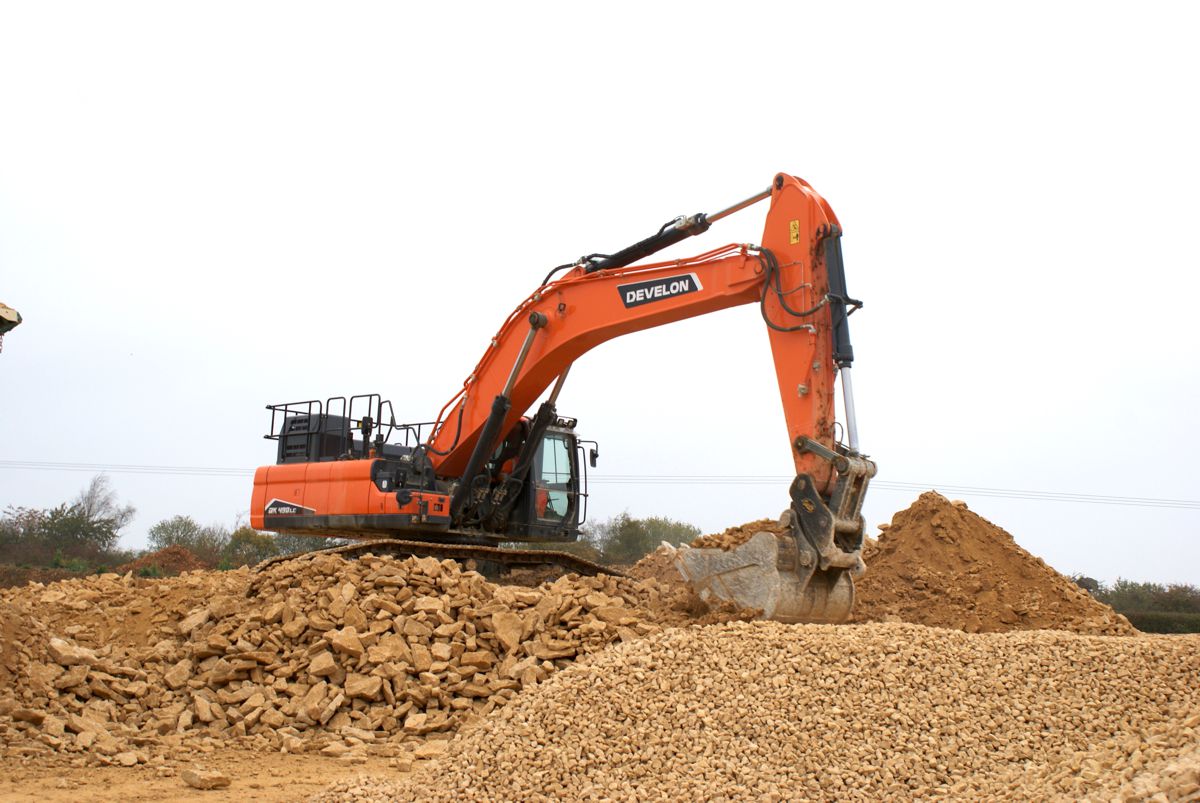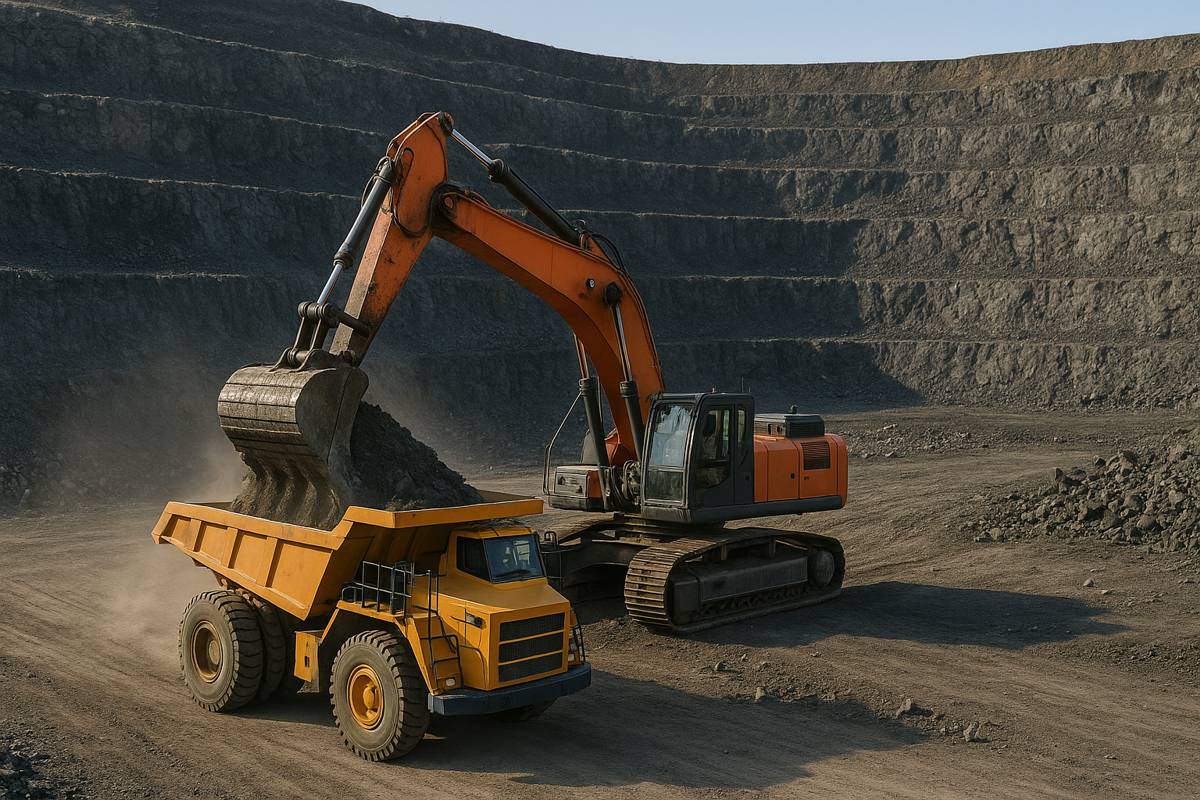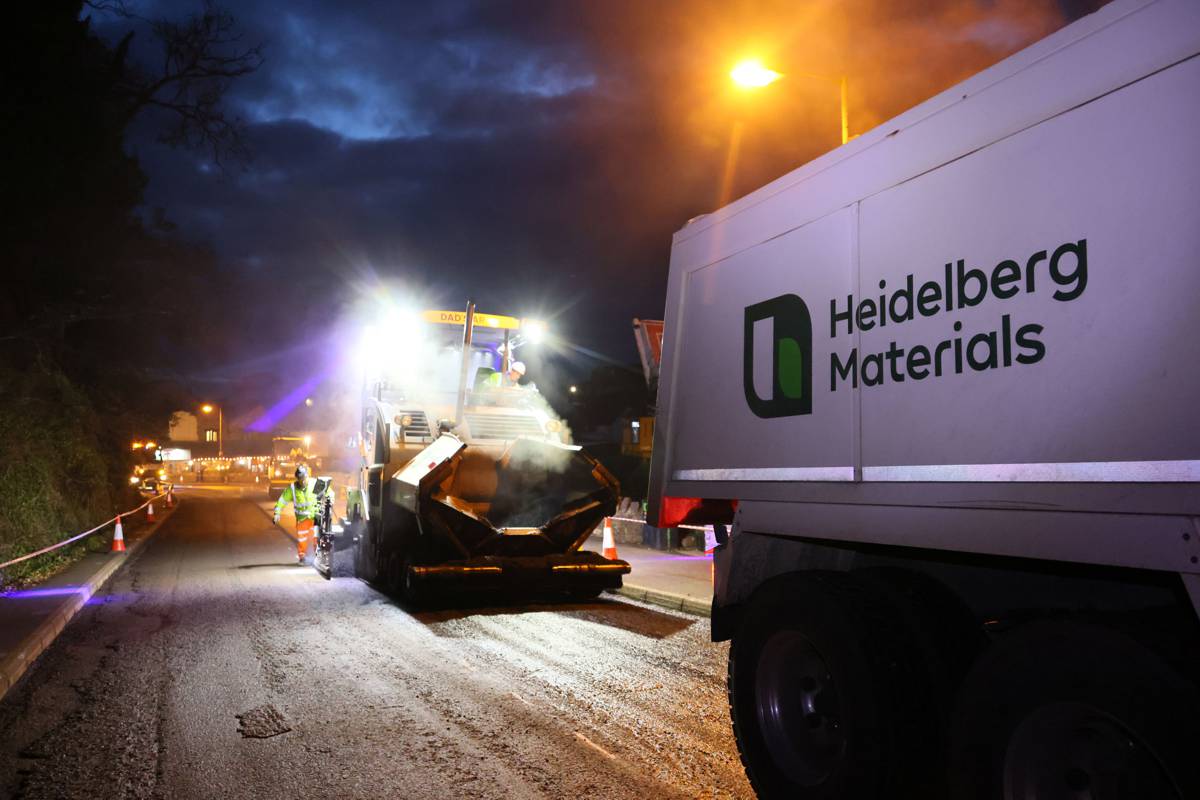Clean-up and Remediation Solutions for Abandoned Mine Drainage
A new study led by the University of Pittsburgh has highlighted both the successes and limitations of Pennsylvania’s efforts to tackle the pervasive issue of abandoned mine drainage (AMD).
While current systems, funded through state and federal appropriations, have proven to be effective in cleaning up AMD, the research underscores that much larger investments will be required to address the full extent of the problem. The study, published in Nature: Communications Earth & Environment, points to the need for long-term financial commitment to not only sustain existing systems but also address other environmental hazards like sinkholes, which often accompany abandoned mines.
Abandoned mine drainage has long plagued the state’s waterways, impacting vulnerable communities the most. However, as Professor Jeremy Weber of the University of Pittsburgh notes, the work done over the past three decades has yielded notable results. The state has managed to treat a substantial portion of its impaired streams, but a larger environmental challenge still looms.
An Ongoing Success Story
Over the past 35 years, Pennsylvania’s Department of Environmental Protection (DEP) and numerous watershed organisations have spearheaded efforts to install more than 300 systems designed to treat abandoned mine drainage before it flows into the state’s streams and rivers. This has been possible thanks to funding from state and federal programmes, including recent historic legislation like the 2021 Infrastructure and Investment and Jobs Act (IIJA).
According to Weber, who co-authored the study with Katie Jo Black from Kenyon College: “Data from existing treatment systems shows that they protect more than 1,000 miles, or 1,500 kilometres, of streams and rivers from impairment by mine drainage.” These systems, averaging $5,700 per kilometre per year to maintain, have been cost-effective in comparison to their environmental benefits. However, with around 5,600 miles (9,000 km) of impaired waterways still left untreated, the scale of the problem is far from being resolved.
The Financial Burden Ahead
The study sheds light on the financial requirements that Pennsylvania faces in the coming years. While the efforts to date have been commendable, the authors estimate that repairing and maintaining existing systems will cost roughly $1.5 billion over the next 25 years. That figure doesn’t account for other related mine hazards, such as sinkholes, highwalls, and open mine shafts, which will require an additional $3.9 billion to mitigate.
“Recent U.S. legislation provides a historic appropriation for addressing abandoned mine hazards such as acidic drainage that can turn a stream orange, kill its fish, and sicken people if they ingest it,” Weber explained. However, despite the sizeable $16 billion appropriated by the IIJA to clean up abandoned wells and mines across the country, the amount allocated to Pennsylvania still falls significantly short of what’s needed. As the researchers point out, Pennsylvania is home to the most abandoned mine liabilities in the United States and will receive roughly a third of the funding from the IIJA. Yet, even this historic funding boost won’t be enough.
The Environmental and Economic Impact
One of the most compelling findings of the research is the disproportionate impact that mine drainage has on Pennsylvania’s low-income communities. The study revealed that nearly 2.4 million people, or 18.5% of the state’s population, reside in areas affected by abandoned mine drainage. These areas, identified by the research, are often economically disadvantaged, with incomes around 30% lower than communities not affected by mine drainage. Housing values in these areas are also significantly lower, with a 50% reduction compared to unaffected regions.
In some cases, the situation is even more dire, with 500,000 people living in areas where at least half of the local streams are impaired. As the study points out, these communities are particularly vulnerable, not just to the environmental impact of mine drainage, but also to broader economic challenges. These include the transition away from coal-based industries, which have traditionally formed the backbone of their local economies.
A Call for Increased Investment and Long-Term Solutions
While Pennsylvania’s efforts have been laudable, the road ahead requires a larger, more sustained investment to truly tackle the state’s abandoned mine drainage problem. The $1.5 billion needed to maintain and repair existing systems is just the tip of the iceberg. The study highlights that an additional $3.9 billion will be required to address other liabilities, including sinkholes and unstable mine shafts. This brings the total cost to more than $5 billion – a far cry from the funds currently available.
The research team’s findings are a sobering reminder of the scale of the task at hand. While the IIJA has provided a welcome boost in funding, it’s clear that much more is needed to ensure the long-term protection of Pennsylvania’s waterways and the communities that depend on them. As Weber and his co-author point out, the funding currently available is less than half of what is needed to address both mine drainage and other mine-related hazards.
What’s Next for Pennsylvania?
As Pennsylvania moves forward, the study’s authors stress the importance of ongoing investment in both AMD treatment systems and the economic redevelopment of the communities most affected by mine drainage. The transition away from coal and towards greener energy sources offers an opportunity for job retraining and economic revitalisation, but it will require a comprehensive approach that addresses not only the environmental impact of abandoned mines but also the broader socio-economic challenges faced by these communities.
Moreover, policymakers must look beyond short-term solutions and focus on long-term sustainability. The current treatment systems have proven effective in protecting local waterways, but many of these systems are now ageing and will require regular maintenance and updates to continue functioning efficiently. Without this ongoing investment, the progress made over the past three decades could be at risk.
A Sustainable Future Through Continued Commitment
In conclusion, the University of Pittsburgh study has provided a valuable insight into both the successes and shortcomings of Pennsylvania’s abandoned mine drainage treatment efforts. While significant progress has been made, the research makes it clear that the state still faces a daunting financial challenge if it is to address the full extent of the problem.
For Pennsylvania to safeguard its waterways and communities for future generations, a sustained and increased investment in both AMD treatment systems and broader environmental remediation is essential. With the right level of commitment from both state and federal governments, a cleaner, healthier future for Pennsylvania’s rivers and streams is within reach. But time is of the essence, and the sooner these investments are made, the better the long-term outcomes will be.









